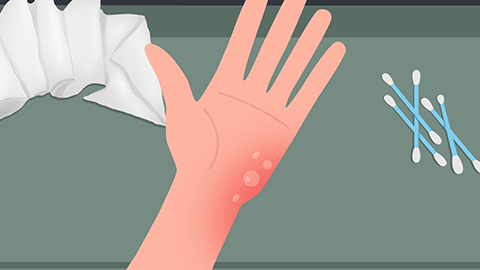Do you need a tetanus shot for a burn injury?
Generally, whether a tetanus shot is needed after a burn depends on the specific condition of the burn and the environment in which the wound was exposed. If there are any abnormal signs in the wound or if the situation is unclear, it is recommended to seek medical attention promptly. The detailed analysis is as follows:

If the burn is mild, involving only redness of the skin or small blisters, with intact skin and exposure to a clean environment, and if the individual has completed a full course of tetanus vaccination within the past 5 years, a tetanus shot is usually not necessary. The risk of infection in such cases is low; proper local cleaning and disinfection, along with keeping the wound dry, are sufficient.
If the burn is severe, with large blisters ruptured, deep skin damage, or if the wound has been in contact with unclean substances such as soil or contaminated water, and if the person has not received a tetanus vaccine in the past 5 years or has an unclear vaccination history, then a tetanus shot is required. In these situations, the wound is more likely to be contaminated by tetanus bacteria, potentially leading to serious infection, so prompt treatment is essential.
After a burn, the wound should immediately be cooled under running cold water. Avoid applying toothpaste, soy sauce, or other inappropriate substances. Maintain hand hygiene when handling the wound to prevent secondary infection. If signs such as redness, swelling, pus, increased pain, or fever develop, seek medical care promptly.







